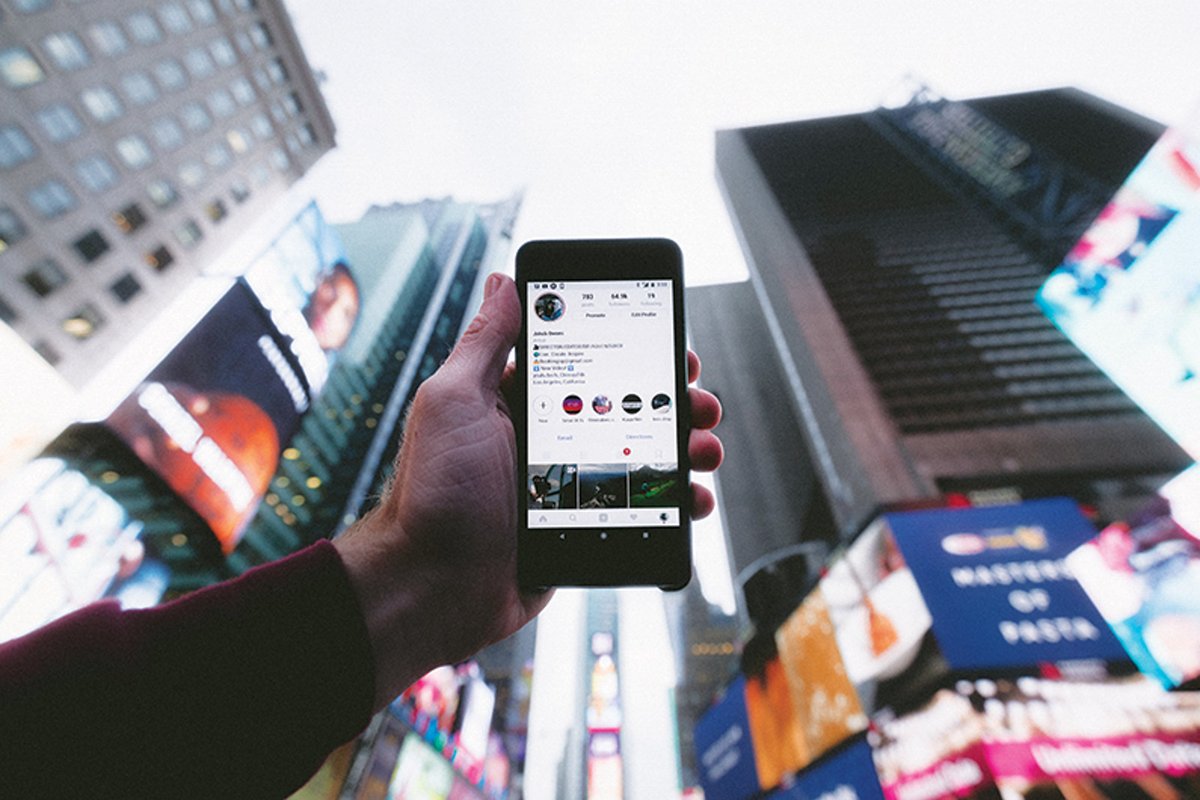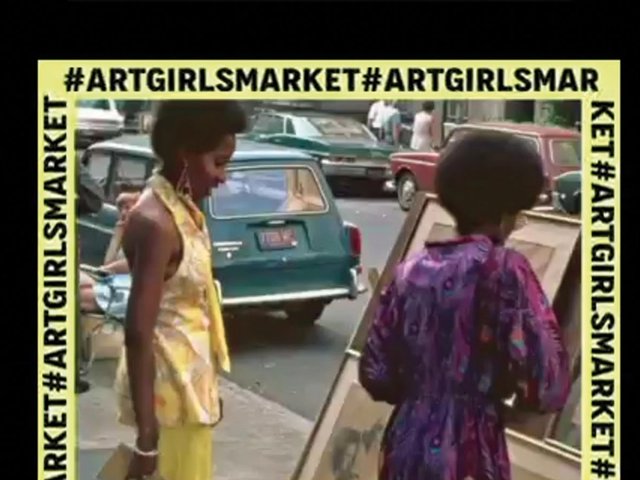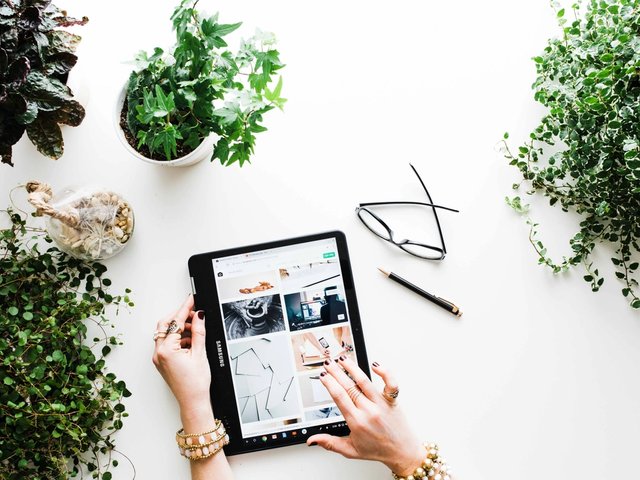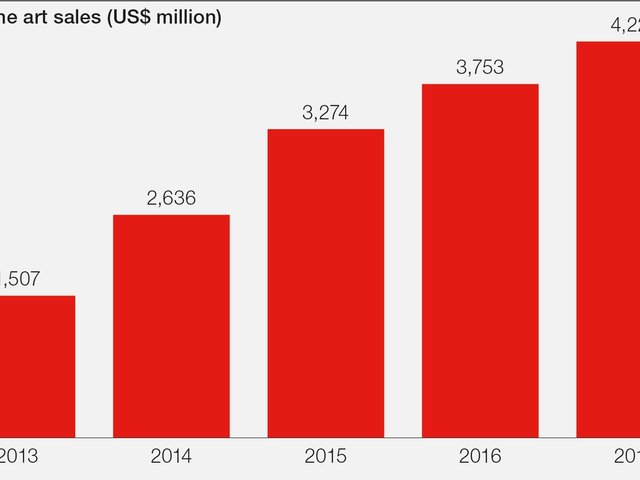Happy birthday, Instagram! Everybody’s favourite photo app turned ten this month. It has become a cross-industry gamechanger but how has the platform disrupted the art market, an industry wedded to traditional structures and hierarchies?
As of 1 January 2020, Instagram had almost a billion monthly users, second only to Facebook (2.6 billion) in the Western social network world. According to Hiscox’s 2019 online trade report, however, Instagram overtook Facebook as the art world’s channel of choice in 2017; the majority of the survey’s respondents said they preferred Instagram to discover art, follow artists, follow trends and—ultimately—find works to buy.
It’s easy to see why Instagram has been dubbed the “world’s new big art dealer”; one billion is a far larger audience than Christie’s, Sotheby’s or any mega-gallery could dream of. But Instagram is more about browsing—or mindless scrolling—than buying: its most effective use “has been as a marketing tool, helping to spark interest in sales and offline experiences”, says the 2020 UBS and Art Basel global art market report. That’s not to downplay Instagram’s art-market role: the ability to speak to interested individuals directly, in a slick, visually effective format has enabled artists and smaller galleries or advisers to grow their brands internationally with a click, rather than waiting for the approval of industry grandees.
But the platform’s power lies most in celebrity and influencer culture. Art is always tied to luxury and exclusivity, and Instagram adds further fuel to that fire: in 2015, the actor Pierce Brosnan posted a selfie with a chaise longue at Phillips; it went on to break the record for a design object sold at auction.
Instagram allows technologically savvy artists to achieve fame independently, to sell their work on their own terms and to engage directly with supporters and collectors. For some this has cut out the middle-man: the dealer. But for others, it is their online following that has led to approaches from galleries that then gain access to the artists’ followers. The Pakistan-born Canadian artist Maria Qamar (@hatecopy) gathered a large fanbase (of nearly 200,000), prompting New York’s Richard Taittinger Gallery to sign her.
So are people buying art on Instagram? The UBS and Art Basel report says that 61% of the high-net-worth collectors in their survey said they had bought art that appeared on the platform; Hiscox’s report puts the figure at 75%. Who knows what the next decade might bring but, for now, as the UBS and Art Basel report concludes, Instagram’s strength is its ability to engage collectors and shape preferences—but it remains limited in finalising actual sales.
However, the changes Instagram is bringing to the art market aren’t all about money. A surge of activism on the platform can be seen through anonymous accounts such as @cancelartgalleries and @herdsceneand, which post incidents of racism and sexism in the hope of highlighting and eradicating problematic behaviour within the industry. That is a disruption we can all support.






